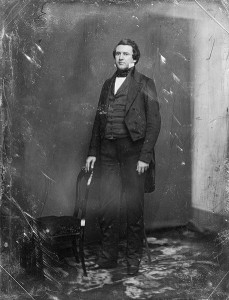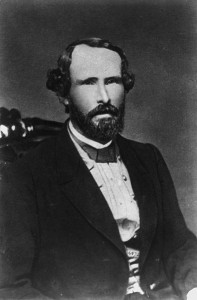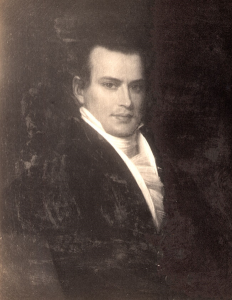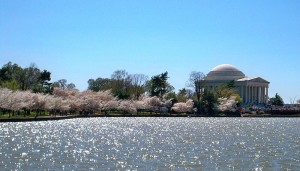But Three Virginians Still Headed to DC
On April 8, 1861 the Virginia secession convention debated and passed William B. Preston’s resolution to send three commissioners to interview President Lincoln and ascertain his policy toward the seceded states and the federal forts in those states. From The New-York Times April 9, 1861 (The New York Times Archive):
THE VIRGINIA STATE CONVENTION.
RICHMOND, Monday, April 8.
A resolution was offered in the Convention, today, to suspend the execution of the order for going into Committee of the Whole, for the purpose of completing the unfinished business of Saturday.
Mr. JACKSON moved to lay it on the table. Lost.
The resolution was adopted.
Mr. PRESTON’s resolutions came up, and were the subject of a long debate.
Mr. SCOTT, of Fauqier, and Mr. TREADWAY, Conservatives, declared if the President’s response was unfavorable, they would go for secession. They hoped the answer would be favorable. Others followed.
The object of the resolution was to precipitate secession. The movements of fleets were frequently alluded to, and the ground assumed was that Virginia having by vote on Thursday indicated her policy against secession, she had a right to know what the movements mean.
The Unionists and some Conservatives opposed its adoption.
The preamble and resolution were adopted, 63 to 75. Gov. WISE voted no.
WM. BALLARD PRESTON, Conservative, ALEX. H.H. STUART, Union, and GEO. W. RANDOLPH, Secessionist, were appointed the Commissioners to wait on the President, and will leave to-morrow morning.
Adjourned.
The April 10th issue of The Times reported on some of the debate leading up to the vote on Preston’s resolution (The New York Times Archive. Alexander Hugh Holmes Stuart did not think the convention had a right to interrogate the President because a “President must have a wise control over his own councils”. The ex-President John Tyler drew a distinction between the secrecy of his negotiations with Mexico about Texas and President Lincoln’s responsibilities toward his Virginian constituents. George Wythe Randolph, one of Thomas Jefferson’s grandchildren, thought it was very important to send the commissioners to visit Mr. Lincoln for the sake of all the Virginians still in the U.S. military. They would not fight against the South but could not financially afford to resign their positions on a whim. William Cabell Rives believed the resolution was an attempt by the secessionists to keep the debate alive. Because
On the 4th of April, this Convention voted down a Secession Ordinance by a vote of two to one! When they did so they sent a harpoon into the vitals of the whale. No wonder the blood spouted, and the waves boiled as it plunged below.
*Cherry blossoms did not become prevalent in D.C. until the early part of the 20th century
Photo by Matthew Bisanz Creative Commons and Free Art licenses





Pingback: Some Toughness in DC | Blue Gray Review